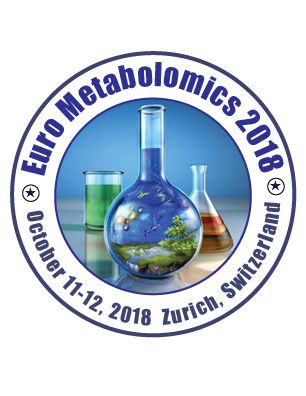
Andrea Ragusa
University of Salento, Italy
Title: Metabolomics and lipidomic profile of clinical serum samples from patients with liver disease
Biography
Biography: Andrea Ragusa
Abstract
Statement of the Problem: Hepatocellular carcinoma (HCC) is the most common type of primary liver cancer and the third leading cause of cancer deaths worldwide. Unfortunately, early-stage HCC is asymptomatic and most patients already have an advanced stage at the time of diagnosis. Alpha fetal protein (AFP) is the current clinical biomarker used for the diagnosis and follow-up of HCC treatments. Nevertheless, its sensitivity is not satisfactory and there is an urgent need for the identification of novel more efficient biomarkers. In this regard, metabolomics can provide unique clinical information and it offers the possibility to understand the system-level effects of metabolites through its integration into multi-functional approaches. Nuclear magnetic resonance (NMR) spectroscopy already showed to be a valuable tool for metabolomic investigations, providing a system capable of studying and identifying novel biomarkers, as well as for yielding a metabolic fingerprint useful for the classification of several pathologies.
Methodology: 1D and 2D 1H NMR spectroscopy, in combination with univariate and multivariate statistical analysis (MVA), was used to investigate the metabolic profile of serum samples from HCC, type-2 diabetes mellitus (T2DM), and control subjects. The patients’ response to metformin or insulin treatment was also investigated. A similar analysis was also performed on the corresponding serum lipid extracts, yielding a more global view of the metabolic alterations occurring.
Findings: Several metabolites directly or indirectly related to energy pathways were found to be either over- or under-expressed in pathological patients with respect to control patients. Among them, a substantial increase in lactate production, with the concomitant decrease of branched amino acids, was observed. Similarly, an increase in the total fatty acids (FA) with a concomitant decrease of unsaturated FA, phosphocholines, phospholipids, and cholesterol was also detected.
Conclusion & Significance: NMR spectroscopy, in combination with MVA, allowed to gain a better insight into the metabolic alterations involved in HCC disease. The obtained metabolic fingerprints could be exploited in the early diagnosis of the disease
as well as in its follow-up upon treatment.

